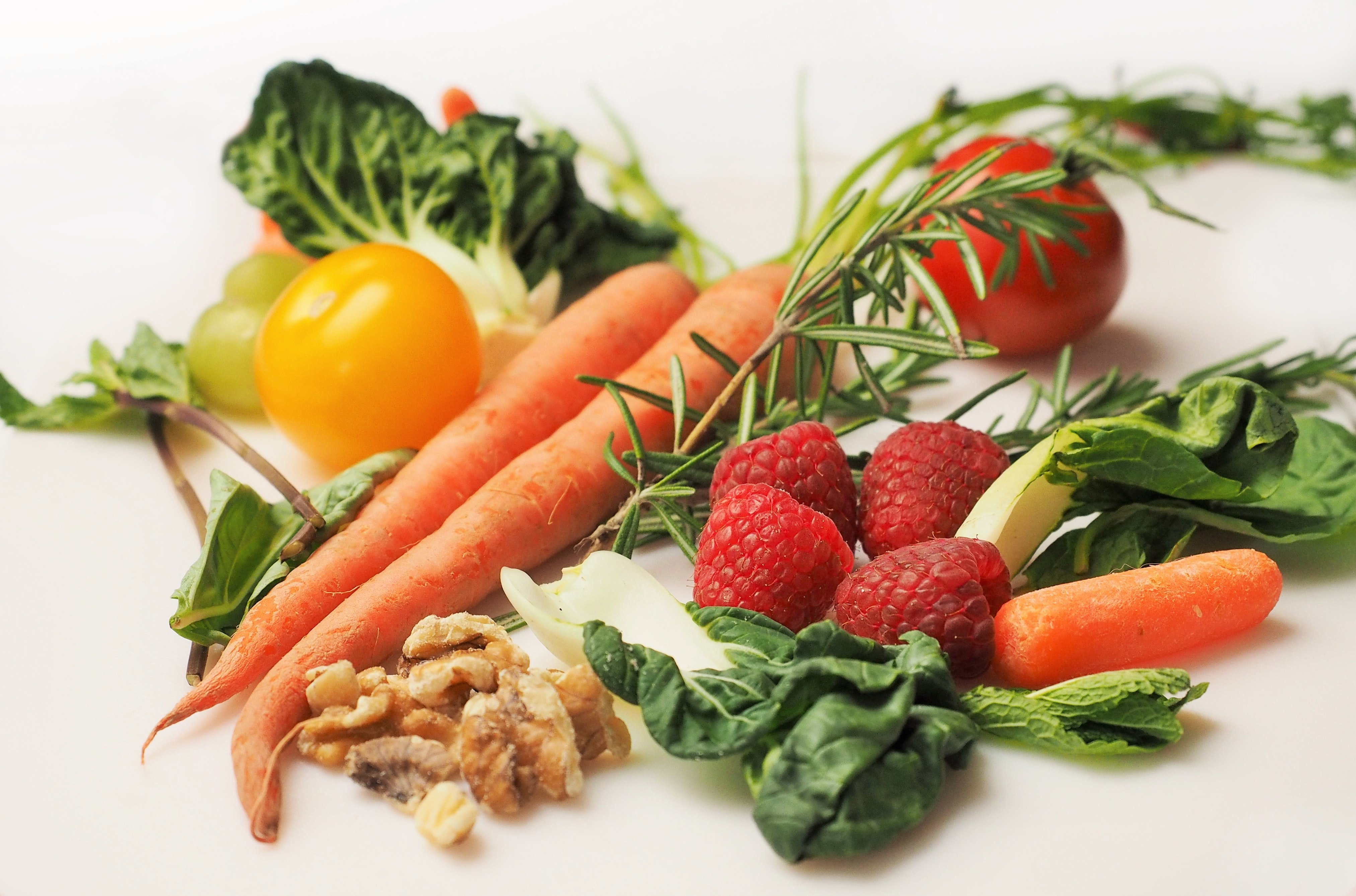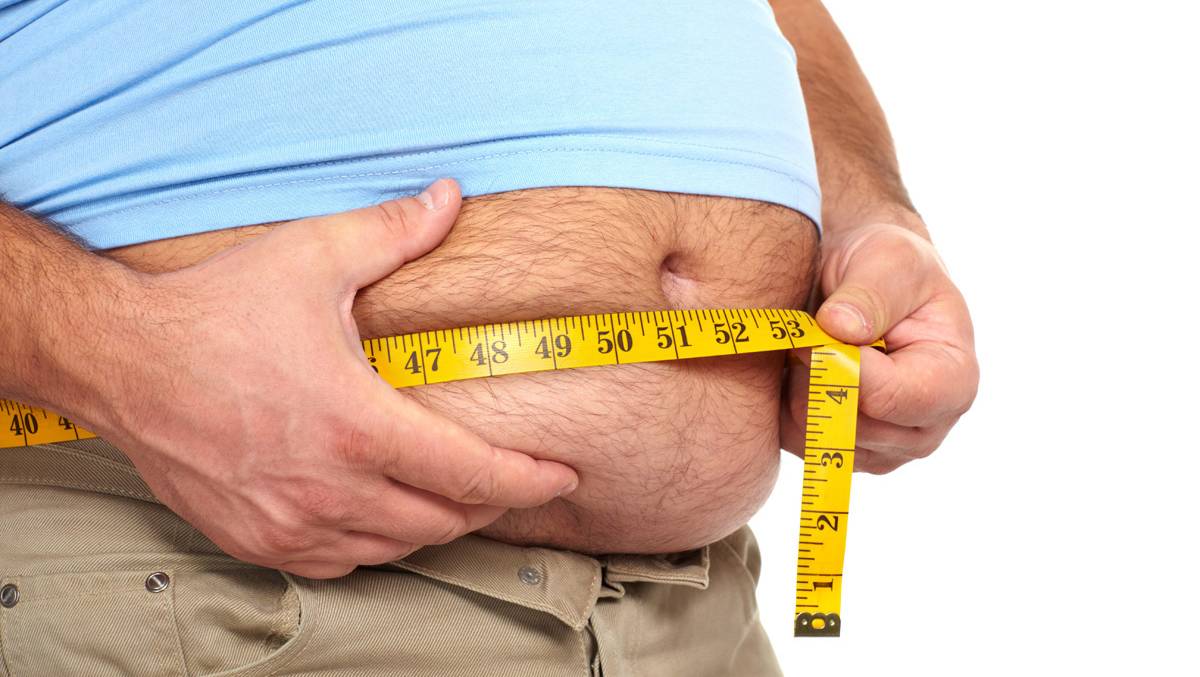Health & Lifestyle
14 Ways To Lose Weight Without Diet Or Exercise Very Fast


Lose Weight Without Diet And Exercise Fast
Regimented diet plans can be challenging to stick to for prolonged periods. It can also be hard to find the time to exercise. Is it possible to lose weight without doing either?
Using a variety of methods of weight control is vital for maintaining a healthy body weight. In this article, learn 14 techniques that people can use to lose weight without diet or exercise.
1. Boost your cooking skills

Cooking
Understanding how to prepare meals and developing better skills in the kitchen can be a powerful way to lose weight without reducing food intake.
People who have more knowledge about how to cook different foods are more likely to eat a wide variety of highly nutritious ingredients, including fruit and vegetables, which are great for weight loss.
In fact, researchers are increasingly linking weight gain and obesity to poor cooking skills.
People who are not confident in the kitchen can try taking a cookery class or watching cooking videos online. A great place to start is Jamie Oliver’s Food Tube, which focuses on how to make simple, healthful meals.
2. Eat more protein
Protein is an essential part of a healthful diet and is necessary for growth and efficient metabolism. Protein can increase feelings of fullness and delay hunger.
A small study in young women found that eating high-protein yogurt as an afternoon snack reduced hunger and calorie intake at later meals.
Simple ways to increase the amount of protein in the diet include adding a tablespoon of chia seeds or hemp seeds to breakfast cereals or including more eggs in meal plans.
3. Eat more fiber
Fiber is in fruit, vegetables, legumes, and whole grains.

Fiber is different than other foods because the body does not digest it in the small intestine. Instead, the food moves to the large intestine, where fermentation occurs.
This benefits people by:
# increasing fullness
# slowing down digestion
# increasing food transit time and nutrient absorption
# preventing constipation
People can add more fiber into a balanced diet by:
# eating fruit every day
# including whole grains in the diet, such as steel-cut oats and brown rice
# eating plenty of vegetables
The fiber in the skin of many vegetables is also beneficial. As long as people thoroughly wash the skin, it is safe and easy to eat when cooked
4. Try a probiotic
Probiotics are beneficial bacteria that are integral to digestion. Recent research links gut and brain function and suggests that probiotics can influence weight, fat mass, and mood.
Humans act as the host of these bacteria and provide them with food, including fiber. In turn, the bacteria benefit the intestine and a person’s general health.
The benefits that they provide include:
energy for the gut wall and liver cells
specific fatty acids that have anti-cancer properties
regulating body weight
A diet that is high in sugar and fat can alter the balance of bacteria in the gut, reducing the number of good bacteria.
Research suggests that probiotics could help prevent or manage obesity. People can buy over-the-counter (OTC) probiotics in pharmacies or online.
Probiotics also occur naturally in a variety of fermented foods, including:
# yogurt
# kimchi
# sauerkraut
# kefir
# miso
# tempeh
# kombucha
5. Get more sleep
A good night’s rest is essential for general health and weight maintenance. Poor sleep disrupts important hormones, including those involved in metabolism.
Getting less than 6 hours of sleep a night can increase a person’s risk of being overweight or obese.
6. Reduce stress
Raised stress levels can also disrupt hormonal balance. When a person is stressed, their body produces hormones called glucocorticoids. Too many glucocorticoids can increase a person’s appetite, leading to weight gain.
Stress can also trigger emotional eating. Emotional eating is when a person eats unhealthful foods to try to control and improve a negative mood.
Methods to reduce stress include:
# getting regular exercise

Doing Exercises bigger boobs 4
# reducing caffeine intake
# practicing meditation or mindfulness
# saying no to non-essential commitments
# spending time outdoors
# trying yoga
7. Get more vitamin D
Some research indicates that those with low vitamin D blood levels are more likely to be obese and not get enough exercise.
Other health conditions associated with low vitamin D include:
# metabolic syndrome
# depression and anxiety
# type 1 and type 2 diabetes
# osteoporosis and osteoarthritis
People can get vitamin D from the sun and some foods. Foods that contain vitamin D include egg yolks, fatty fish, certain mushrooms, and fortified foods.
Vitamin D supplements are also available to purchase in pharmacies or online.
8. Serve food in multiple small portions
This method is most useful in a buffet or snacking situation. One study divided single meals into smaller portions to test whether people expected to feel fuller after eating the same amount of food in separate units.
They found that by dividing foods into three or six separate portions, the participants’ expected level of fullness was greater.
When eating at a buffet, a person can take multiple small plates to split the food across. When snacking, they can cut up the snacks and place them on different small plates.
A person can also try dividing mealtimes up into several small courses, instead of putting everything on one plate.
9. Use a smaller plate
When people serve food onto a plate, they tend to finish all the food on that plate. They could lower their calories with minimal effort by reducing the size of their plate or how much food they put on it.
Two 2017 studies found that university students consistently put less food on a special portion control plate.
A portion control plate has visual size indicators for essential food groups, allowing people to adjust their portions without the guesswork.
Portion control plates are available in some stores and online.
10. Cut out sugary beverages
British research linked the regular consumption of sugary and artificially sweetened drinks with higher body fat in children.
There are many healthful alternatives to soft drinks. Plain water with fresh mint, ginger, berries, or cucumber is refreshing and contains very few calories. People can also add lime or lemon to sparkling water.
Herbal, green, and black teas are also suitable. Many teas come with additional health benefits.
Fruit juices tend to be very high in sugar. When possible, it is best to eat whole fruits instead as
11. Make snacks healthier
According to research from 2016, almost one-third of people’s daily energy intake comes from snacking.
Snacks have increased in size over time, resulting in people consuming too much between meals.
However, healthful and homemade snacks can increase fullness and reduce the number of calories that people eat during meals.
Healthful snacks include:
# yogurt
# dried prunes or dates
# high-fiber fruits, such as apples, bananas, and oranges
# high-fiber vegetables, including carrots and broccoli
# a handful of unsalted, unflavored nuts, such as cashews or walnut
12. Chew more
Chewing or mastication initiates the process of digestion. Some preliminary research found that chewing each mouthful thoroughly and prolonging meal duration reduced food intake.
Thoroughly chewing food can help a person savor what they are eating. Taking enough time to eat during meals also gives the body time to register when it is full.
13. Try mindful eating
Mindful eating, or eating with awareness, is an excellent tool for weight management.
Mindful eating may help reduce food cravings and improve portion control.
To practice mindful eating, a person should avoid distractions, including televisions, laptops, and reading materials. It is best to eat at a table, concentrate on how the food tastes, and be aware of signs that the body is full.
14. Have family meals
Sitting down and eating a healthful meal with family can also play a role in weight management.
Eating at home can reduce fat and sugar intake. Parents or caregivers who cook balanced, nutritious meals for children also often pass these positive habits onto them.






















